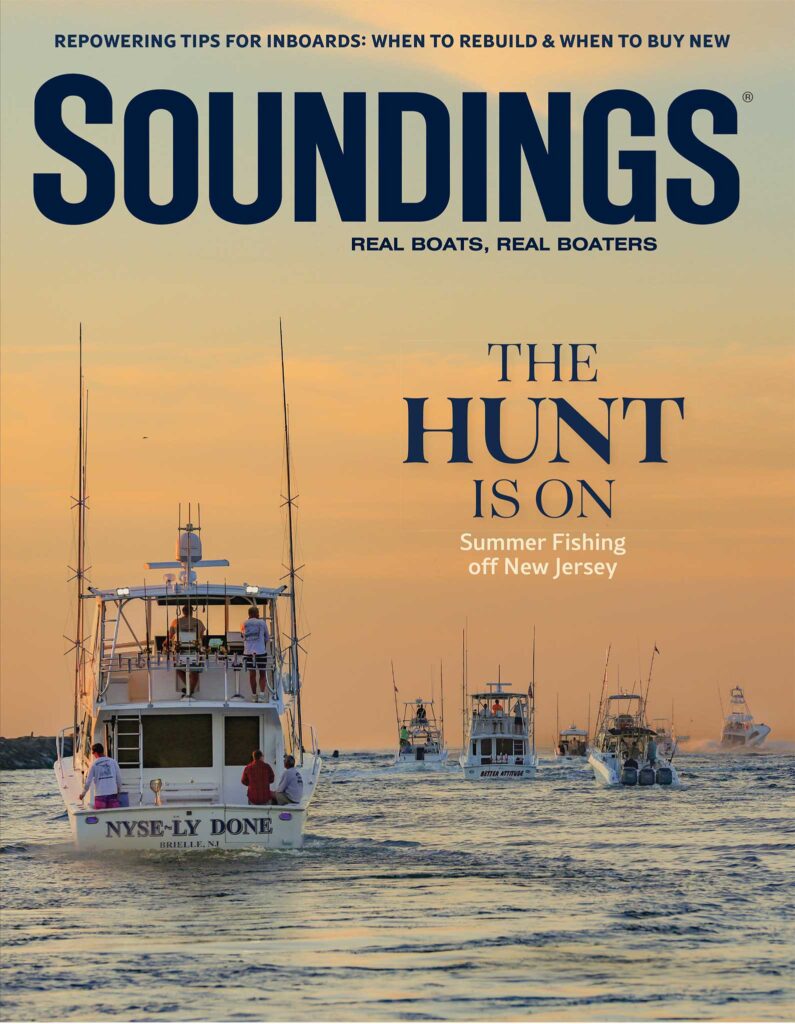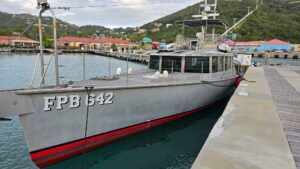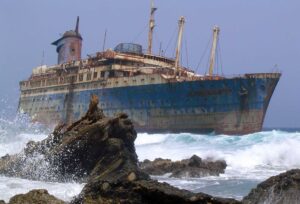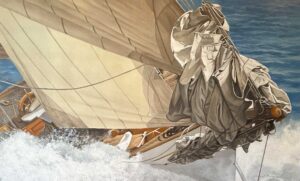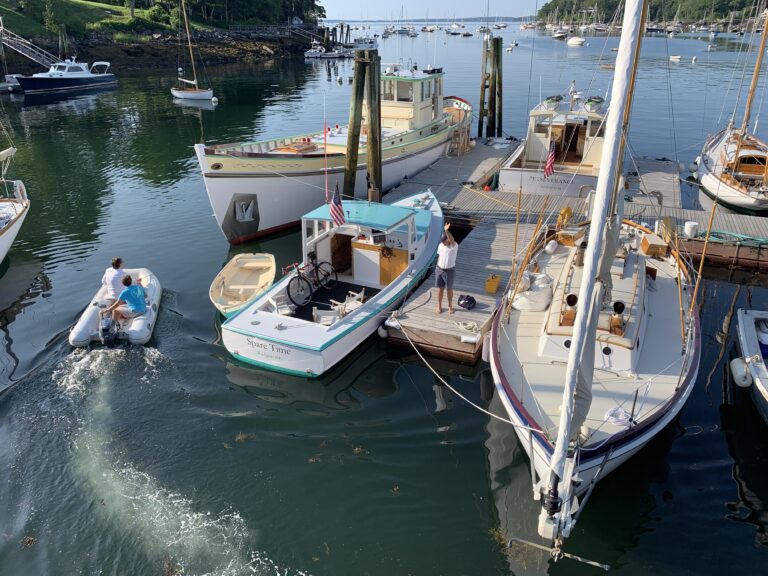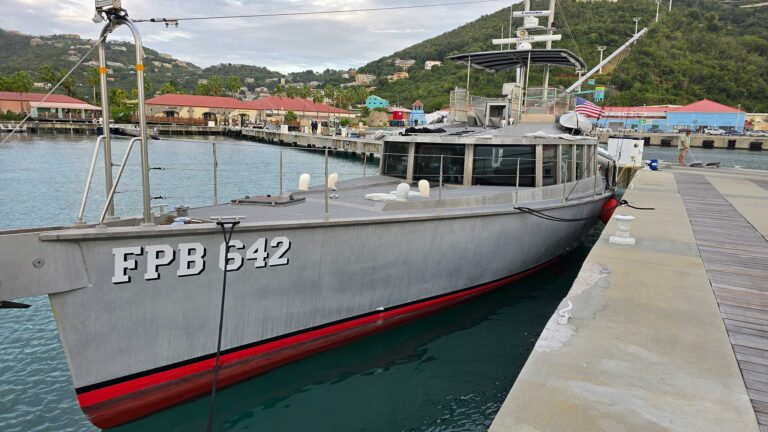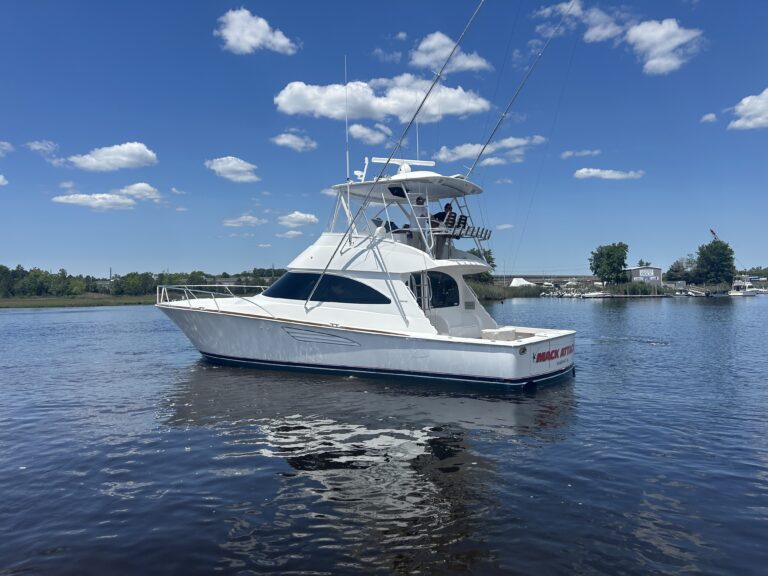
In 1958, the American boat designer and engineer Jim Wynne teamed up with the Danish boatbuilder Ole Botved to make the first crossing of the Atlantic Ocean with outboard motors. Piloting one of Botved’s Coronet cruisers, equipped with a pair of 50-hp engines, the two made it from Copenhagen to New York in 11 days.
And they weren’t done making history. Wynne and Botved teamed up again, this time along with fellow engineer Charles Strang and Swedish engine maker Volvo Penta, to change the face of recreational boating with the Aquamatic.
Strang was an MIT graduate who wanted to combine a marinized car engine and a trimmable, outboard-style drive unit. Boats could run the higher-horsepower inboard engines without using running gear, and the transom would be clean, with no cutout and no protruding powerhead.
Wynne and Strang talked over the idea, with Wynne bringing his own engineering accomplishments and experience to bear; he was a two-time winner of the World Open Class powerboat racing competition, and an advisor to actor Lloyd Bridges on the TV series “Sea Hunt.” Using his ties to Botved and the European market, Wynne went to Volvo Penta with the idea. Company President Harald Wiklund jumped at it.
When the Aquamatic was unveiled at the New York Boat Show in 1959, it drew interest, but initial sales were slow. Then, Botved offered “an inboard with the Swedish Volvo engine and Aquamatic drive” on his Coronet Explorer 211. Sterndrive sales took off.
By 1961, other companies had stepped in with models of their own. As one writer put it, the sterndrive, led by the Volvo Penta Aquamatic, had become “a mainstay in the recreational marine market.”
This article originally appeared in the January 2020 issue.

